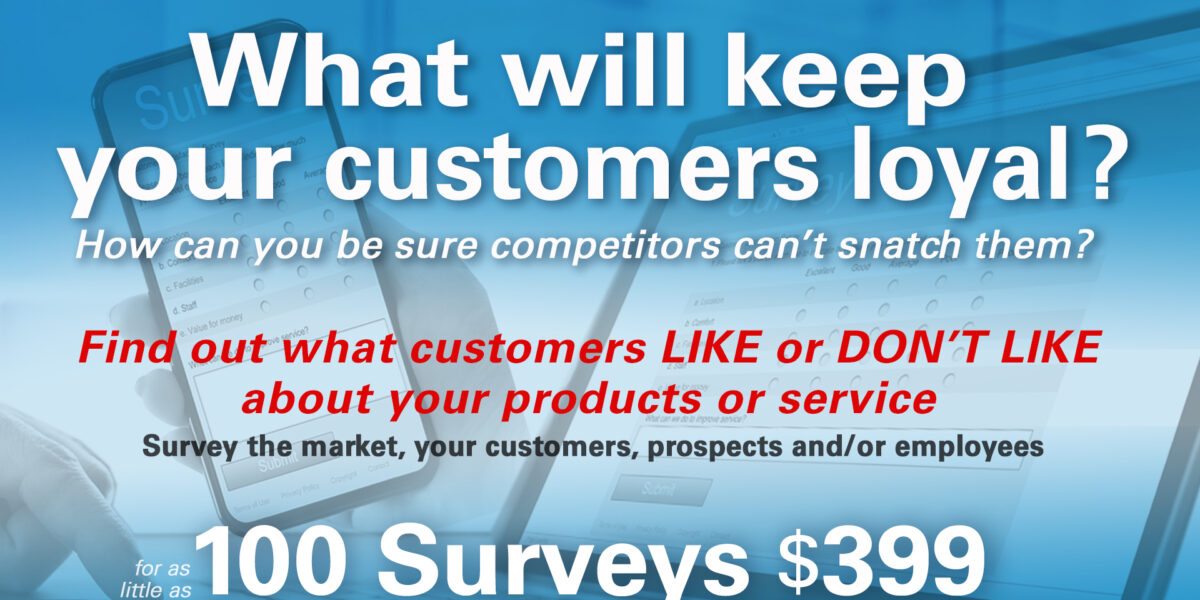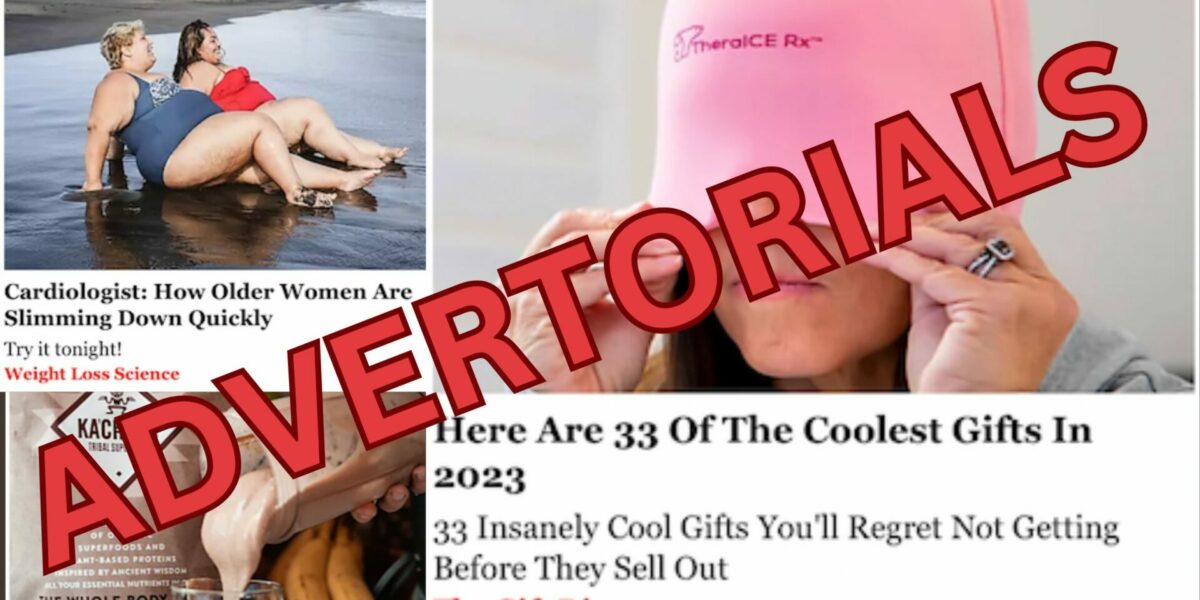“Your Toe Fungus Could Fester with the Wrong Product” reads the headline of an ad in Parade magazine. It was for a product called Fungicure. My first thoughts were, “Who wrote that headline? Whom did they interview? What research did they conduct?”
I’ve developed my share of embarrassing product marketing, including designing packaging for breast pumps, so I felt for the creators of that ad. But as awkward as it may have been to write and design it, the creators should be proud — because it appears the product is very popular, and it helps people.
Fungicure is made by Alva-Amco, a large U.S. producer of specialty non-prescription pharmaceuticals, dietary supplements and skin care products that’s been around since 1904. Besides Fungicure, Alva-Amco markets over 20 specialty brands, including well-known brands such as Diurex, Psoriasin, Prosecea and Backaid.
According to its website, Alva-Amco advertises its brands extensively with a variety of broad-reach media such as TV, radio, internet, mobile display, and Sunday newspaper inserts. What impresses me as a marketer is how this company, founded 114 years ago, has thrived using innovative marketing.
Yes, they might be good products, but the print ads for products like theirs used to just list the store chains that carried them. Today, you can go to the Fungicure website, click on a product and see the retailer NEAR YOU that sells it. The packaging, videos and website all send you down the sales funnel.
So how does a company that’s 114 years old stay ahead of the curve? I don’t know Alva-Amco’s story, but most businesses with that kind of longevity don’t just plan out the next three to five years. They think about the next 20 years. I know that sounds challenging, considering our uncertain economic conditions today, but the results are usually worth the effort.
Many of the most innovative, long-lasting and growing firms use a process called Strategic Foresight. Strategic Foresight is a a high-level plan to achieve one or more goals. The process usually sets out a variety of possible scenarios for the future of the market — both positive and negative. You identify current trends to determine their impact — but you keep options open.
Next, you sketch out, in broad terms, what the organization should or could do if those scenarios take place. Once they’re laid out, they need to be included in your business plan. This way, you’ll be less likely to flop during a challenge, and you’ll be able to really thrive if your best-case scenario happens. Even if your scenarios never happen, you’re better-prepared to identify the best course of action along the way.
Having participated in strategic foresight workshops and sessions — both learning from them and conducting them — I find it amazing how, years later, things we identified as possible but not necessarily probable end up becoming a reality.
I also recommend that someone become the “keeper of the strategic foresight scenarios.” He or she can archive them — and more importantly, share them — and refresh everyone’s memories during planning sessions once or twice a year.
In the next few columns, we’ll look at picking the right growth path and how communities can help. And meanwhile, make sure your toe fungus doesn’t fester — please.













Comment